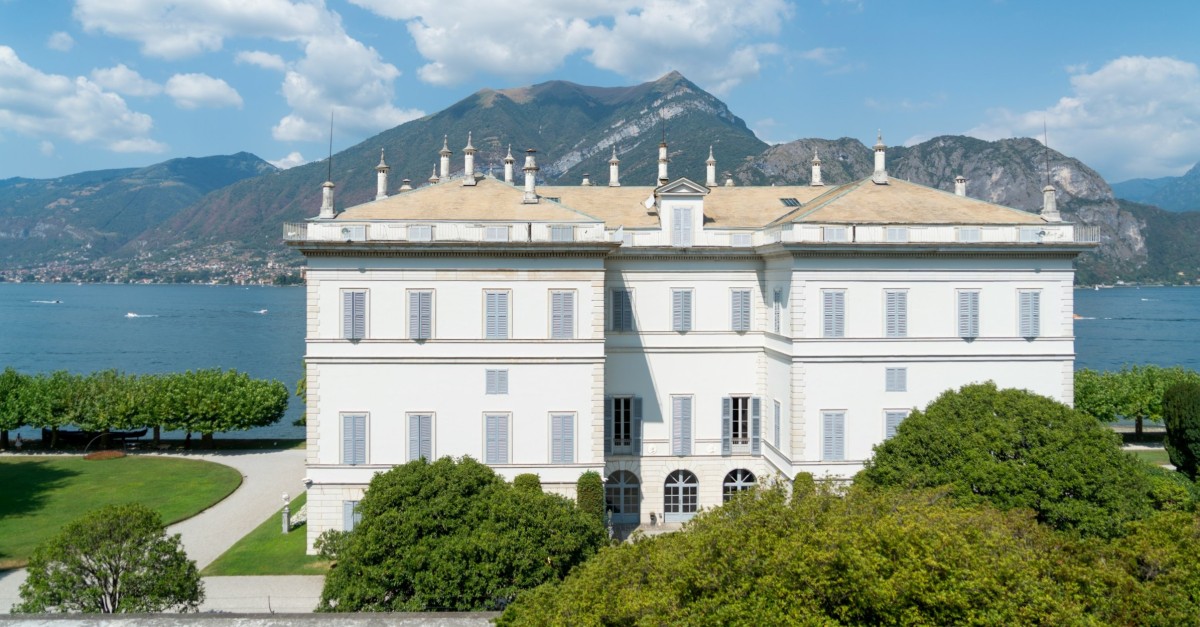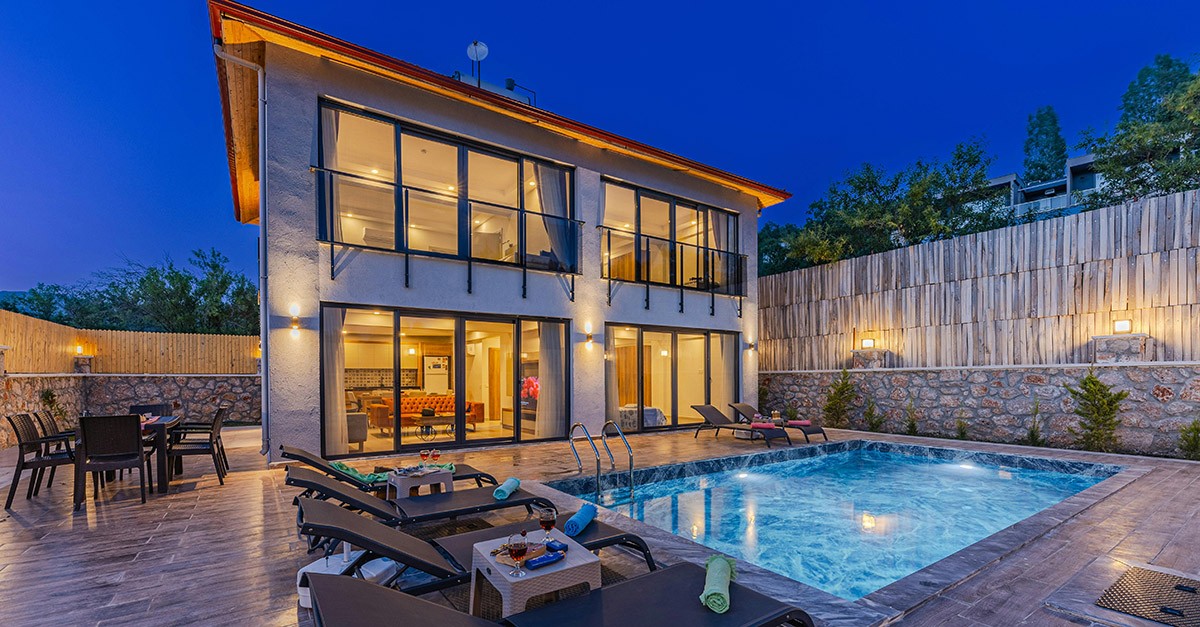
Purchasing a luxury home in Italy is an exciting step, whether you are seeking a lakeside villa, a Tuscan estate, or a historic palazzo. However, it is essential to understand the taxes involved before completing your investment, as these differ significantly from those on standard properties.
What qualifies as a luxury property in Italy?
Under Italian tax law, luxury properties are classified under specific cadastral categories:
- A/1 – Stately homes
- A/8 – Villas
- A/9 – Castles and historic residences

Additionally, certain features can classify a property as luxury regardless of its cadastral category. These include:
- A usable floor area exceeding 240 square metres (excluding balconies, terraces, attics, staircases, and parking);
- A swimming pool of at least 80 square metres;
- A tennis court of at least 650 square metres;
- Grounds exceeding 3,000 square metres (subject to specific building index limits);
- High building volume or luxury condominium features.
Finishes of exceptional quality, multiple lifts, grand staircases, and a dominant or panoramic location may also contribute to a luxury classification.
Taxes on purchasing a luxury property in Italy
Luxury properties in Italy are not eligible for the primary residence tax reliefs available to standard homes, meaning there is no tax distinction between purchasing a luxury property as your main home or as a second home.
If you purchase a luxury property from a private individual or a company not subject to VAT, you will pay:
- Registration tax at 9% of the cadastral value;
- Mortgage and cadastral taxes of €50 each.
If you purchase from a company subject to VAT, you will pay:
- 22% VAT on the purchase price;
- Fixed mortgage, registration, and cadastral taxes of €200 each.
For example, if you buy a luxury villa for €1 million, you could expect to pay €220,000 in VAT plus €600 in fixed taxes.

Ongoing taxes: IMU on luxury properties
After your purchase, you will also be liable for IMU (Municipal Property Tax), which must always be paid on luxury properties, even if they are your primary residence in Italy.
IMU is calculated based on the revalued cadastral value of the property and local municipal rates. Typically:
- For luxury primary residences, IMU ranges from 0.4% to 0.6% of the taxable base.
- For second homes and other properties, it may range from 0.76% to 1.14%, depending on local regulations.
Features that contribute to the luxury classification, such as a large swimming pool, will generally increase the cadastral value, and consequently, your IMU liability.
Buying a luxury home in Italy
Italy offers an exceptional lifestyle for those seeking luxury homes, from Lake Como to the Amalfi Coast. However, the tax implications are a crucial element of your purchase strategy. Given the complexities of Italian property tax regulations, it is always advisable to consult a tax adviser experienced in assisting foreign buyers in Italy.
If you would like guidance on selecting the right luxury property in Italy while optimising your tax planning, we are here to assist you in every step of your investment journey.